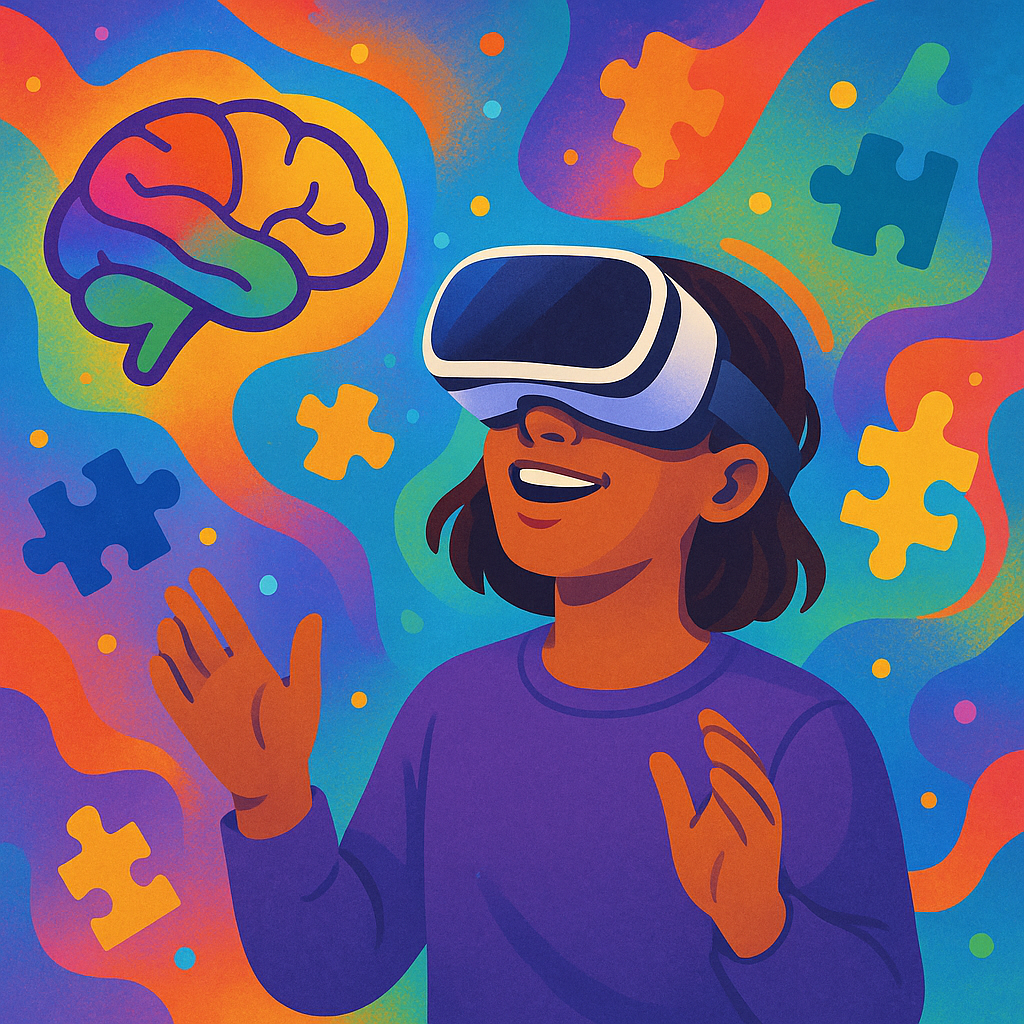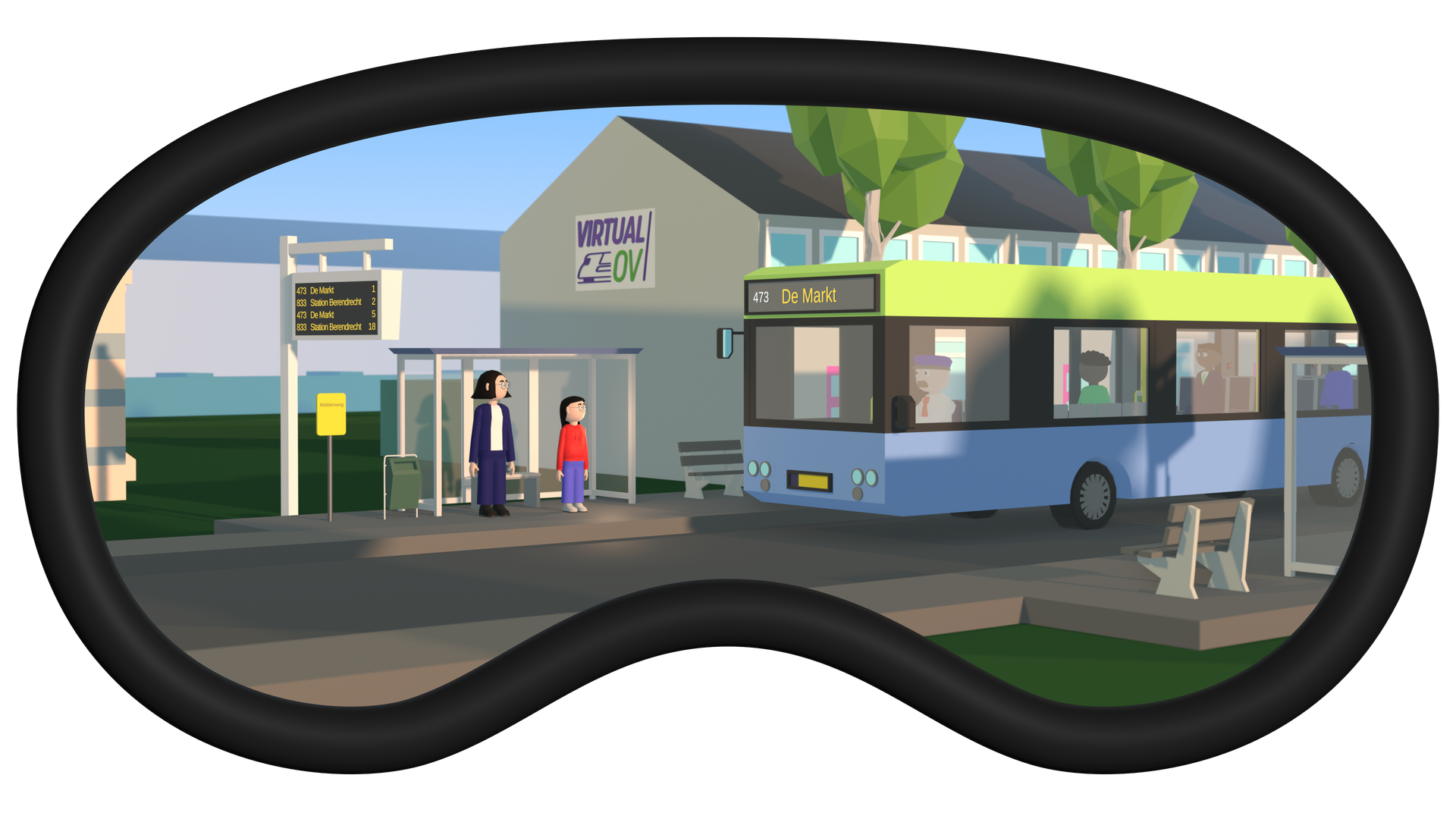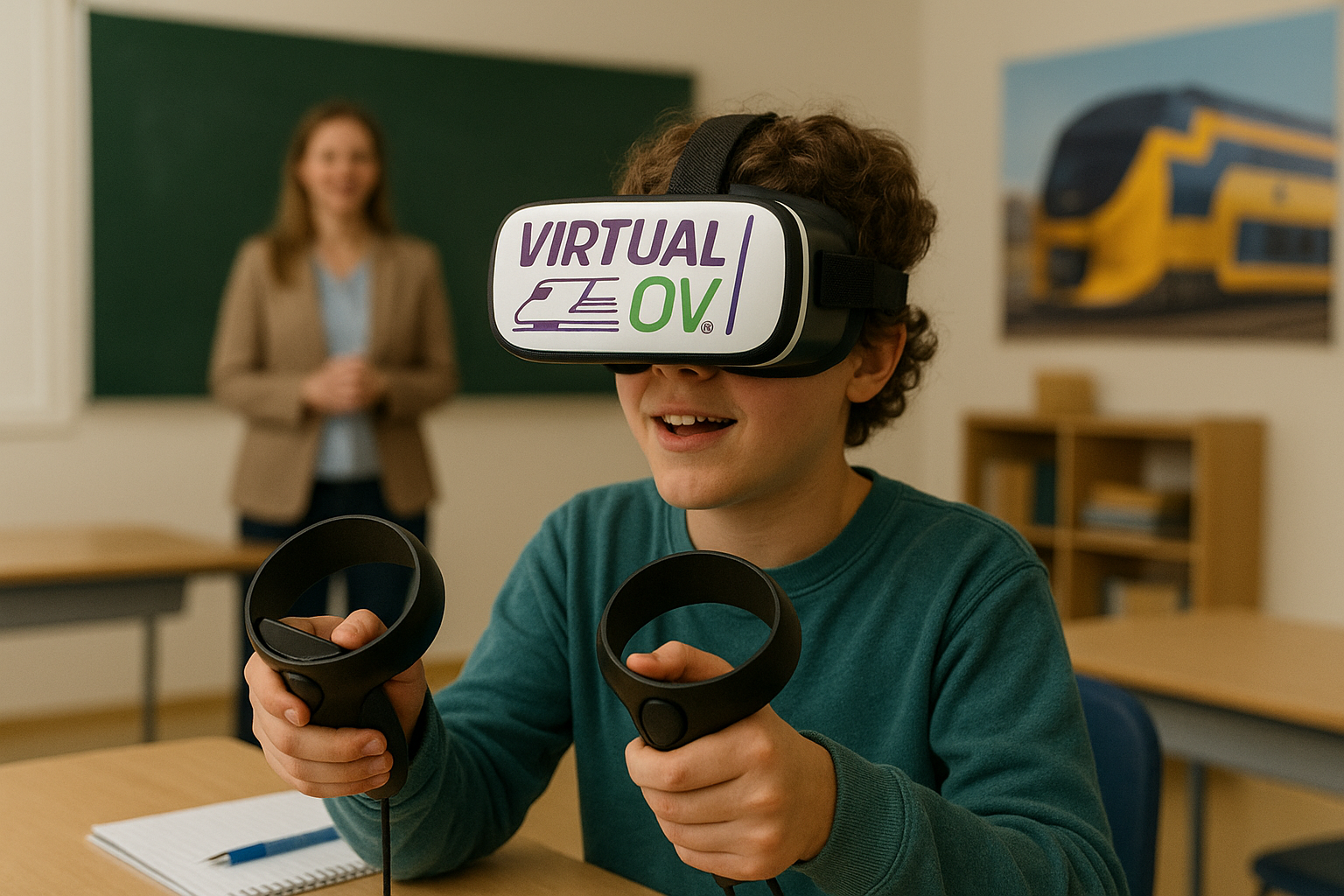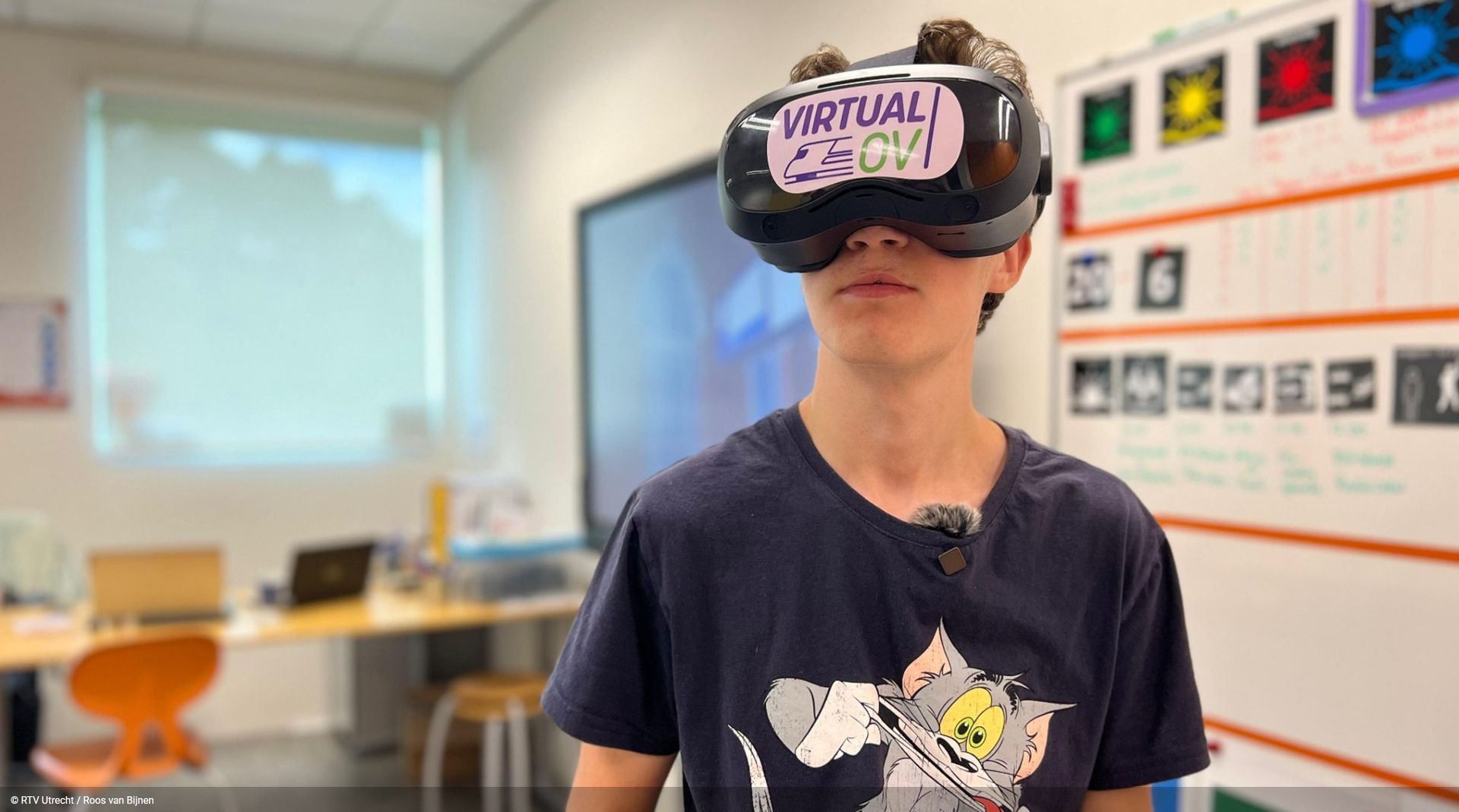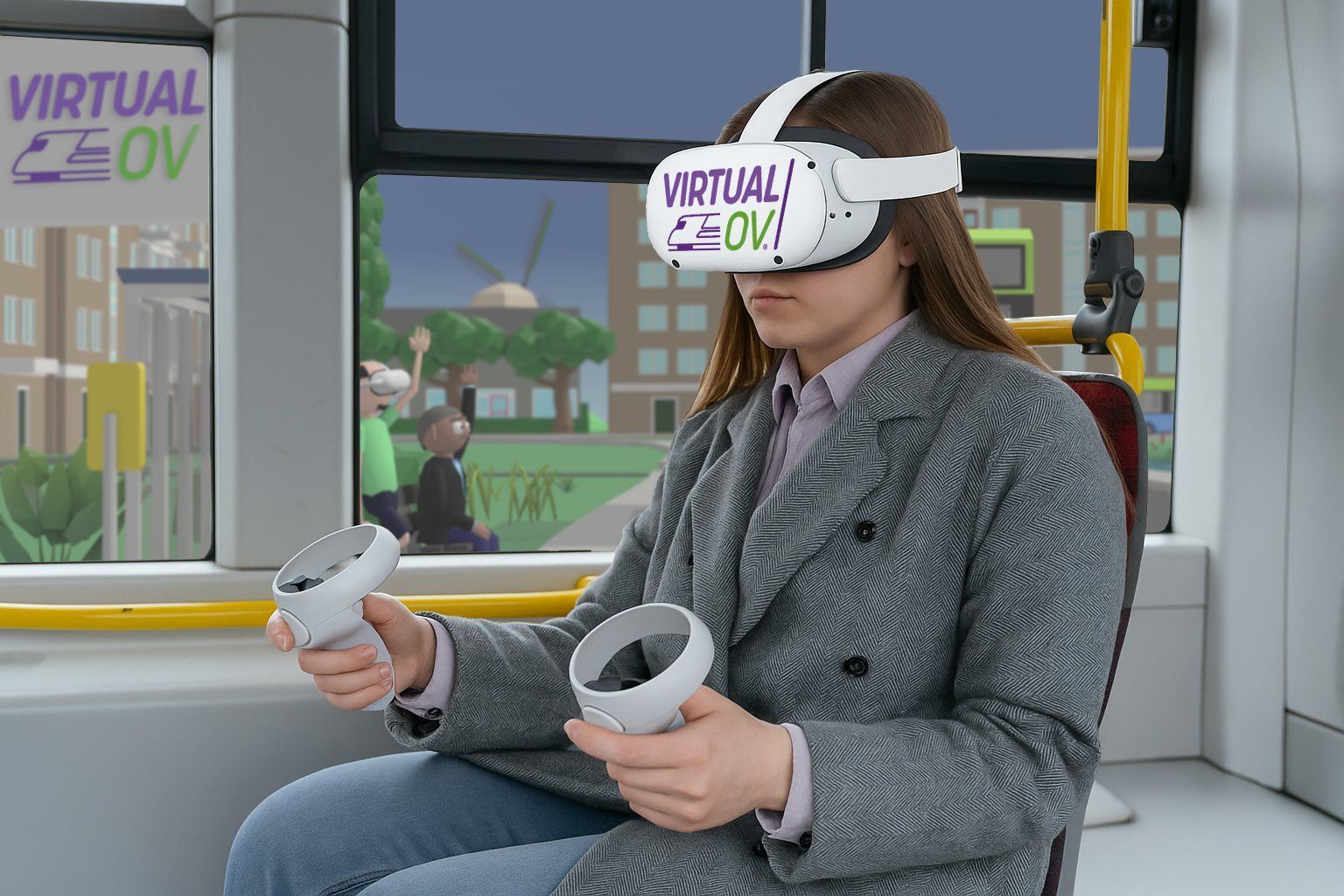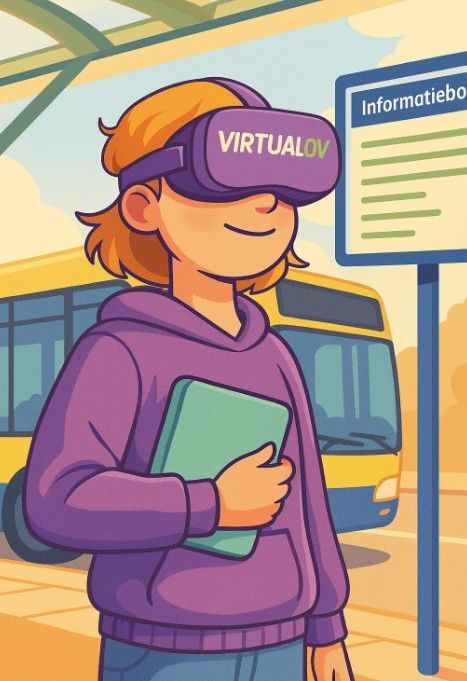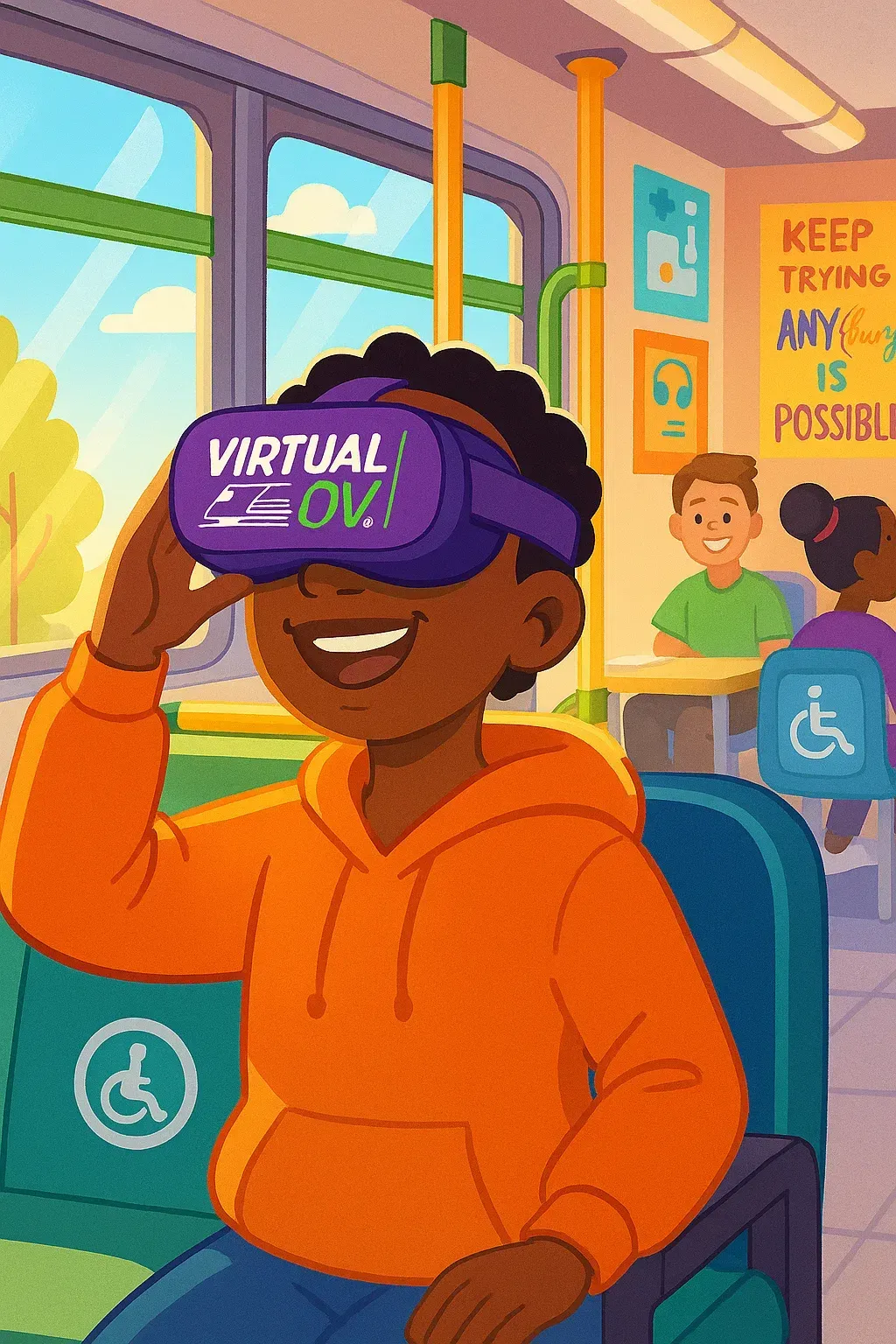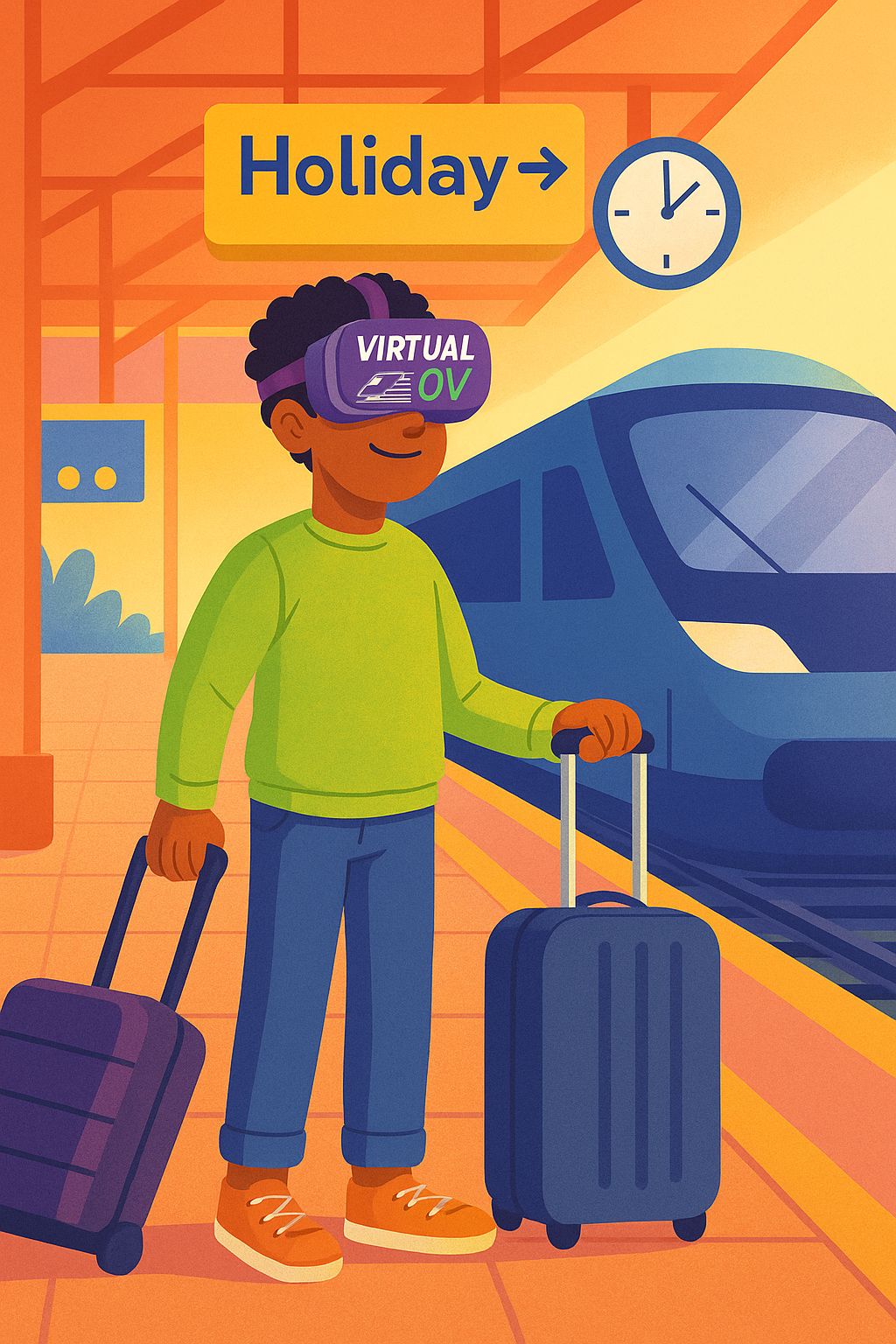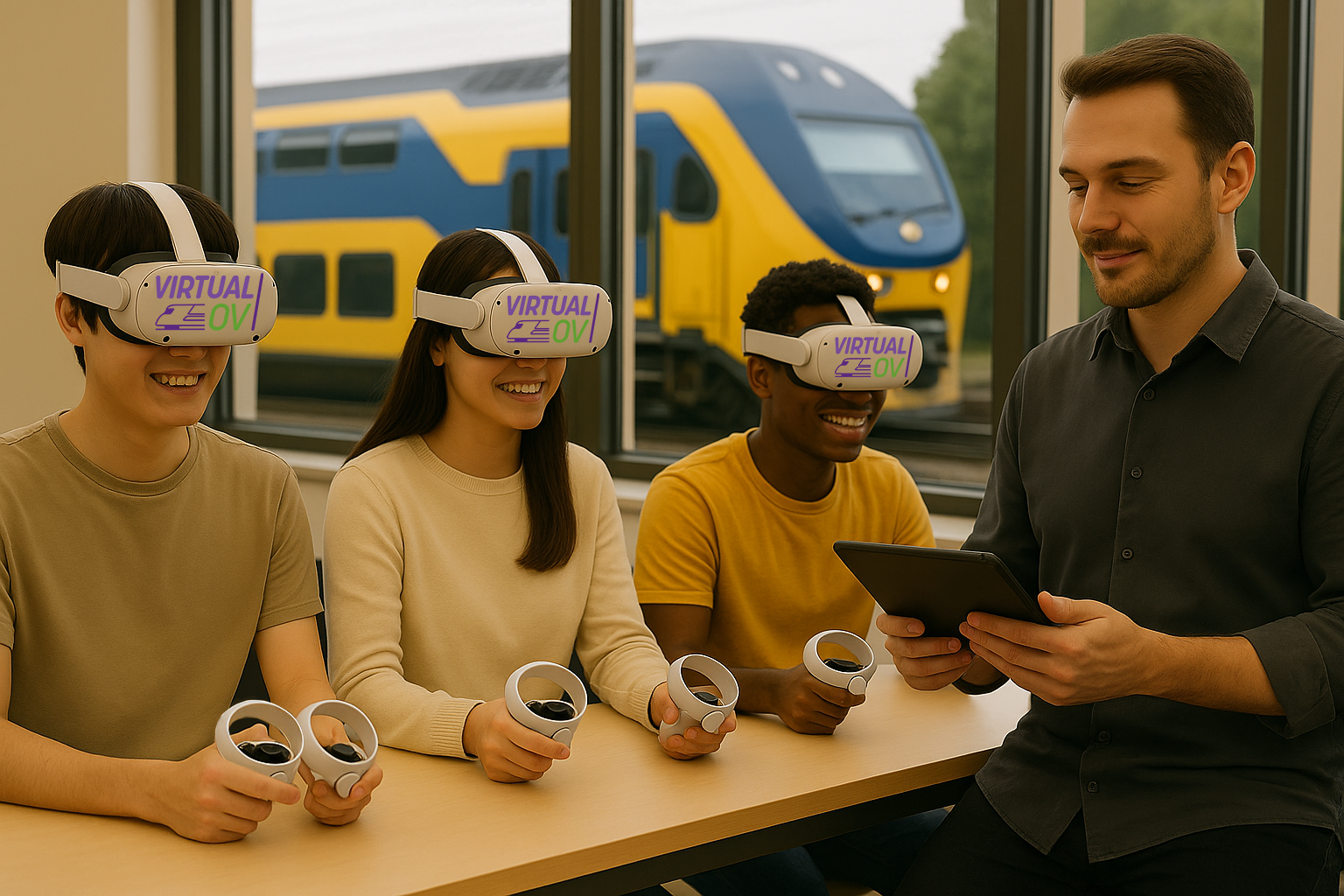The Impact of Virtual Reality and 6DoF on Neurodivergent People
Virtual reality (VR) is rapidly developing into a valuable tool for neurodivergent individuals. The latest generation of VR technology, with its six degrees of freedom (6DoF), offers unique opportunities for developing social skills and increasing self-reliance in children and young people with autism, for example.
What is neurodivergence and why is social skills training so important?
Neurodivergence is an umbrella term for people whose brains function differently than average. This includes autism, ADHD, dyslexia, and other neurodevelopmental differences. For many neurodivergent people, social situations are challenging and sometimes overwhelming. Traditional therapies offer support, but are not always sufficient to teach complex social skills. Autism is a well-known example: people with autism often experience limitations in social communication, interaction, and repetitive behavior.
Executive functions: a hidden challenge
Besides social skills, neurodivergent people often struggle with limitations in executive functions, such as planning, impulse control, and cognitive flexibility. VR offers a solution: research shows that VR training with specific tasks (such as the Stroop task in virtual environments) improves attention, inhibition, and problem-solving skills, even in people with acquired brain injury ( Dahdah et al., 2017 ).
Virtual Reality as an innovative solution
VR technology creates a safe, controlled, and repeatable learning environment where social situations can be practiced without the pressure of real life. Users wear a VR headset and move through a digital world, where they can practice interactions, make mistakes, and receive immediate feedback. This reduces the fear of rejection or overstimulation and allows for the creation of customized scenarios tailored to the user's skill level and needs.
The power of 6DoF: maximum freedom of movement and realism
The introduction of 6DoF technology means users can not only look around but also move freely and interact in a virtual space. This creates a much more realistic and active learning process, allowing for intensive practice of complex social situations and executive functions. Recent research confirms that children and young people with autism, for example, particularly benefit from these immersive VR formats. They can practice, for example, eye contact, emotion recognition, and conversation in lifelike simulations..
Key Benefits of 6DoF VR for Neurodivergent People
- Safe, motivating learning environment: Practice without social pressure or fear of mistakes.
- Repeatability: Scenarios can be practiced over and over again, which is essential for the learning process in neurodivergence.
- Transfer to daily life: The realism of 6DoF VR increases the likelihood that learned skills can be applied outside the virtual world.
- Executive function training: VR scenarios like Virtual Public Transport train planning skills, problem-solving, and stress management in real-life situations like public transport.
Practical applications and scientific substantiation
In the Netherlands and Belgium, VR is increasingly being used in healthcare and education, for example, for social skills training, increasing self-reliance on public transport, and improving collaboration in the workplace. Systematic reviews, such as that by Yang et al. 31610529887, show that VR interventions yield demonstrable improvements in eye contact, social interaction, and emotional recognition in neurodivergent children and adolescents, with autism being a frequently used example. Adults also benefit from VR training, for example, when practicing collaborative teamwork skills.
Research using the Stroop task in VR shows that distracting elements (such as moving objects or sounds) in a virtual living room environment can be used to train executive functions like attention , cognitive flexibility , and inhibition in people with brain injuries (Dahdah et al., 2017). This method is also increasingly being applied to neurodivergent groups such as autism and ADHD.
The impact of Virtual Public Transport is greater than you might initially think. Because our young people develop more self-confidence, they're more confident in taking on new situations.
Dmitri Hazes, KopZorg
Conclusion
Virtual reality, and 6DoF technology in particular, offers neurodivergent individuals a powerful, motivating, and safe way to develop social and executive skills. The combination of realism, repeatability, and customization makes VR an essential tool in supporting people with autism and other neurodivergent conditions. The positive results from recent research underscore the value and future potential of VR in healthcare and education.
Sources
Yang X, Wu J, Ma Y, et al. Effectiveness of Virtual Reality Technology Interventions in Improving the Social Skills of Children and Adolescents With Autism: Systematic Review. J Med Internet Res. 2025;27:e60845. Published 2025 Feb 5. doi:31610529887
Dahdah MN, et al. Virtual Reality Stroop Task for Neurocognitive Assessment.


